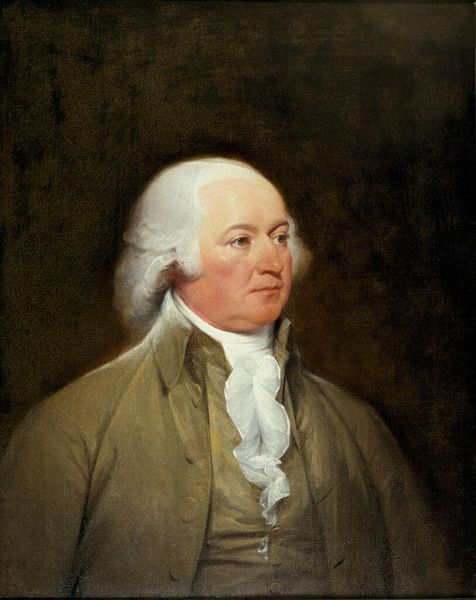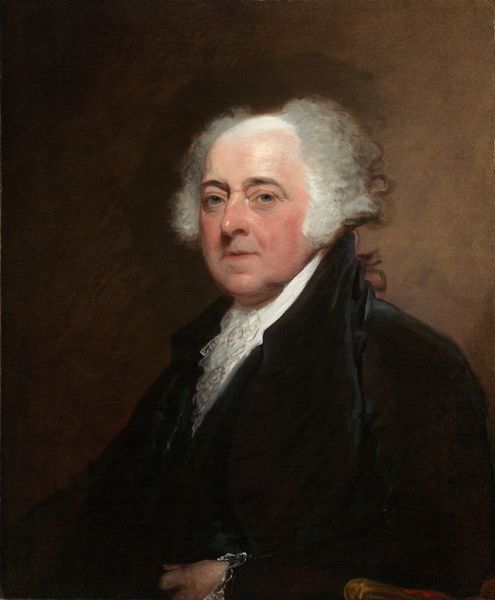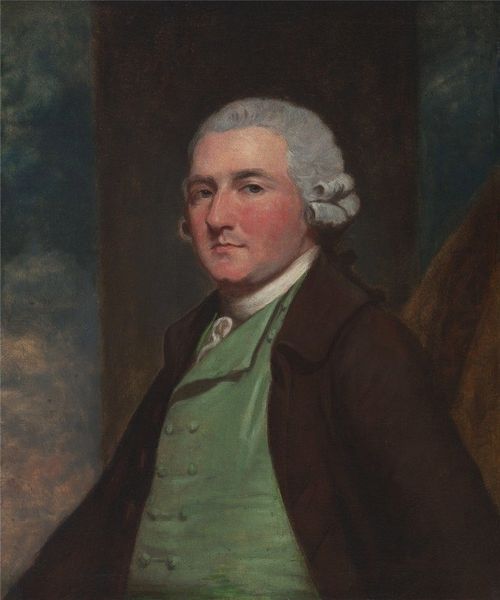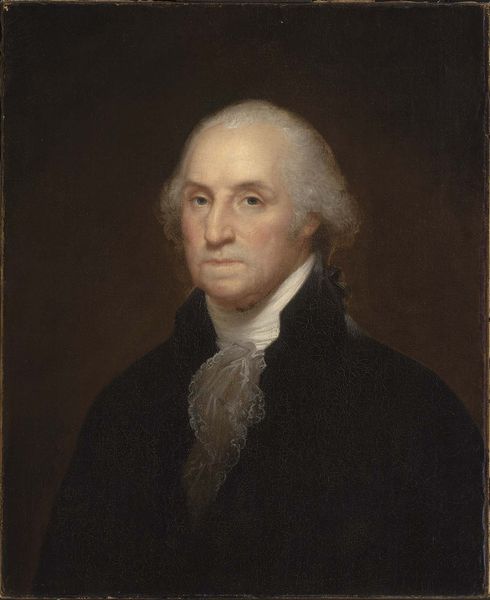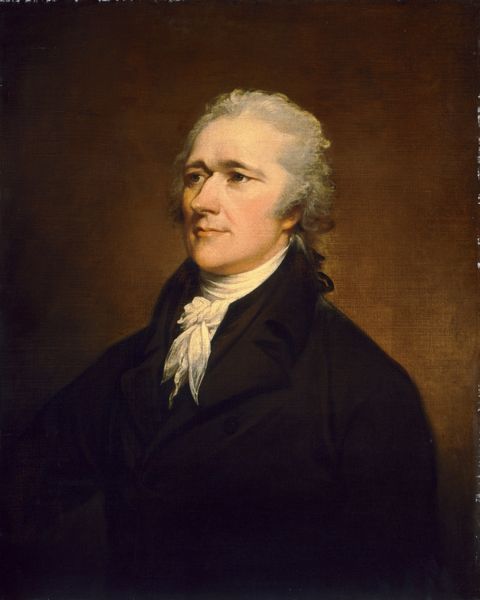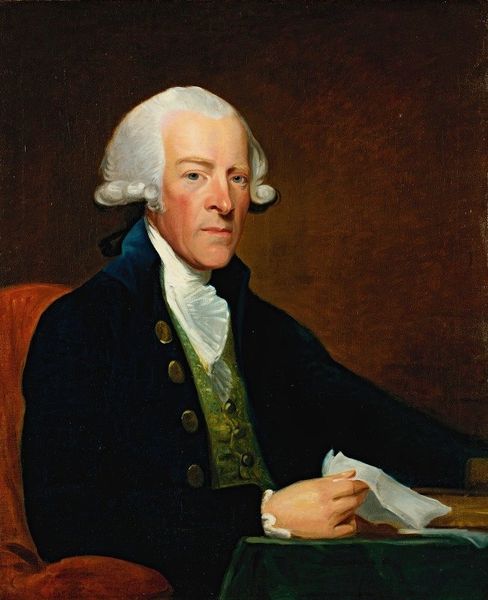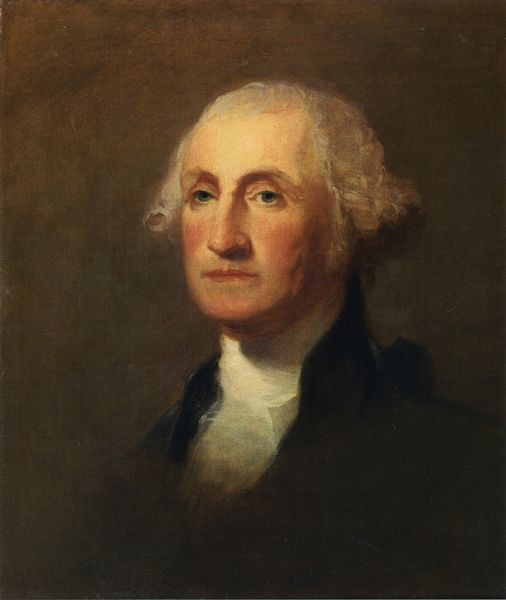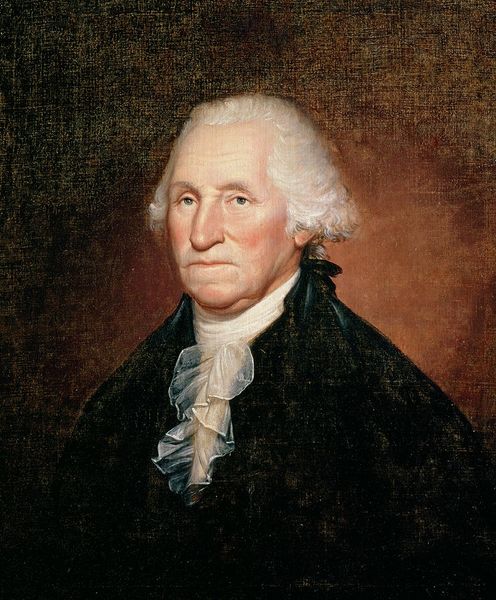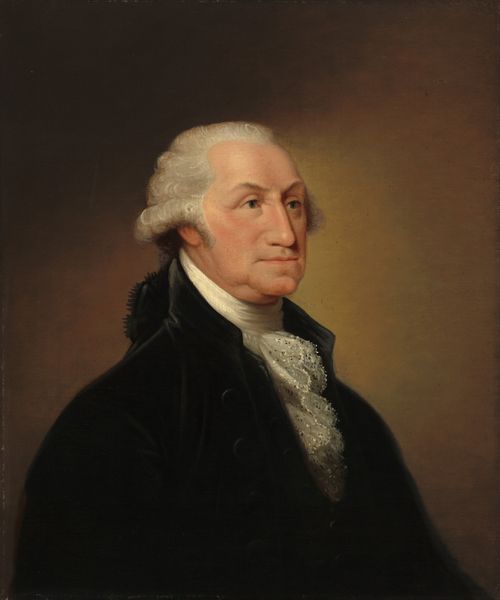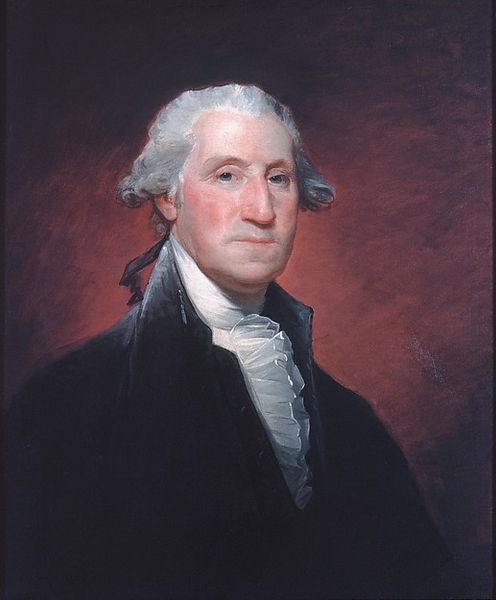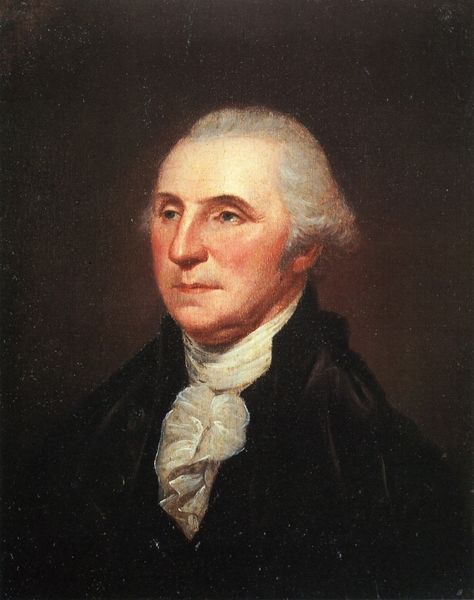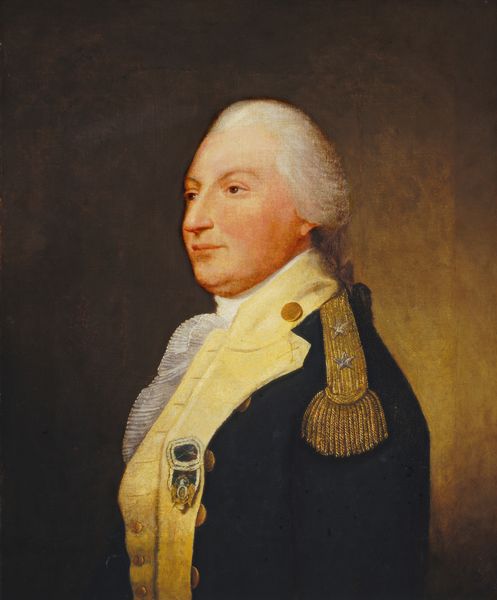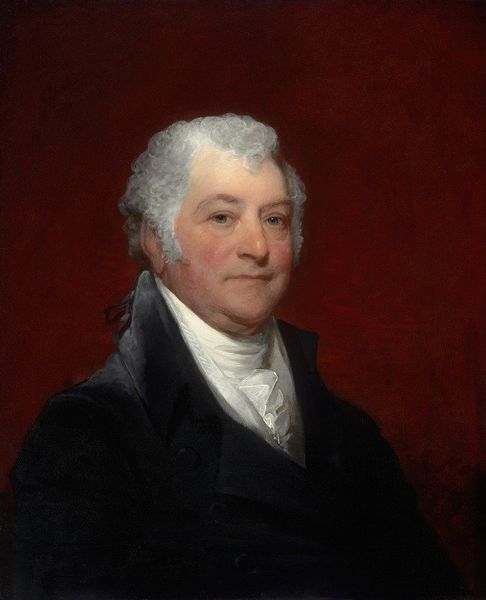
painting
#
portrait
#
figurative
#
neoclacissism
#
painting
#
academic-art
Copyright: Public Domain: Artvee
This is a portrait of John Adams by John Trumbull, painted with oils on canvas. Trumbull’s painting exemplifies the traditions of fine art during the late 18th and early 19th centuries, yet it's worth considering its materiality and making. Oil paint, made from ground pigments suspended in linseed or walnut oil, allowed for the nuanced depiction of light, shadow, and texture that you see here. Look closely, and you’ll notice the way the light catches the fine white ruffle at Adam’s neck, or the subtle gradations of color in his face. These visual effects are achieved through the layering of thin glazes of paint. The canvas support, stretched and primed, provided a stable surface for this painstaking process. Consider the skilled labor required, from preparing the materials to executing the likeness of Adams. And remember the social context: this portrait wasn't just about art; it was about solidifying Adams' legacy and the ideals of the early American republic. By considering the materials and processes, we can see how the work's deeper cultural meanings were created and shared.
Comments
No comments
Be the first to comment and join the conversation on the ultimate creative platform.
